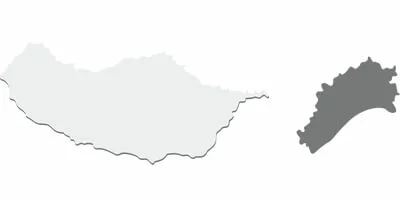Learn more about the localities of Madeira Island.
Other Locations
Calheta
Communion between sea, cliffs and late sunsets
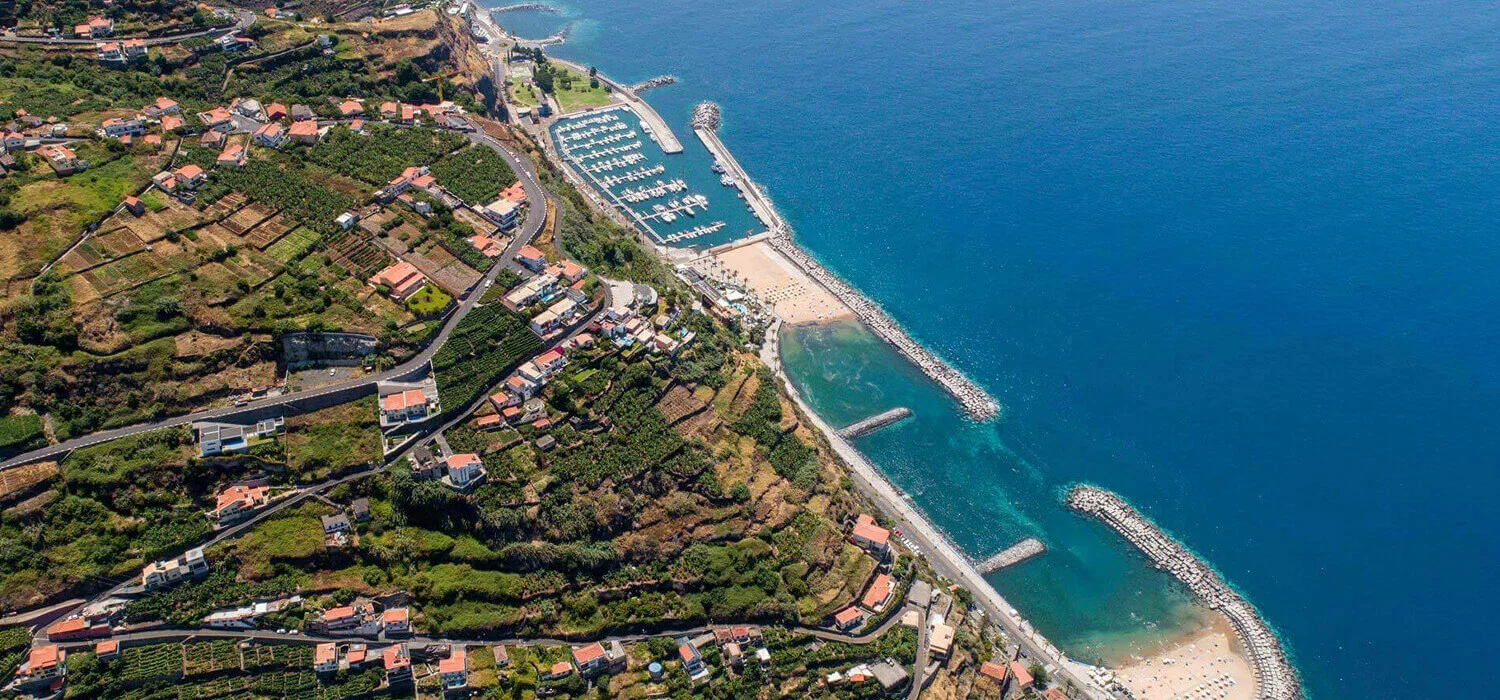 © Élvio Gomes
© Élvio Gomes
The municipality of Calheta is located between the south and the west end of the island of Madeira. Many points of interest attract a large number of visitors to this municipality, from the countless hiking trails in Nature to the diversity of its beaches, as well as cultural or historically-relevant spaces.
The question 'what to visit at Calheta?' is therefore always easy to answer. There are ideal places for every type of visitor: those looking for an adventure in Nature or in the sea, those who want to enjoy a memorable regional gastronomic experience or those who want to travel through the pages of this island's history, for example.
The fact that this is the largest municipality in the Autonomous Region of Madeira contributes greatly to this diversity of options. With an area of 116 km² and about 12 thousand inhabitants, this municipality is made up of eight parishes: Arco da Calheta, Calheta, Estreito da Calheta, Fajã da Ovelha, Jardim do Mar, Paul do Mar, Ponta do Pargo and Prazeres.
With one of the lowest rainfall rates on the island and a mild climate all year round, the municipality of Calheta offers an unforgettable experience to all visitors.
The question 'what to visit at Calheta?' is therefore always easy to answer. There are ideal places for every type of visitor: those looking for an adventure in Nature or in the sea, those who want to enjoy a memorable regional gastronomic experience or those who want to travel through the pages of this island's history, for example.
The fact that this is the largest municipality in the Autonomous Region of Madeira contributes greatly to this diversity of options. With an area of 116 km² and about 12 thousand inhabitants, this municipality is made up of eight parishes: Arco da Calheta, Calheta, Estreito da Calheta, Fajã da Ovelha, Jardim do Mar, Paul do Mar, Ponta do Pargo and Prazeres.
With one of the lowest rainfall rates on the island and a mild climate all year round, the municipality of Calheta offers an unforgettable experience to all visitors.
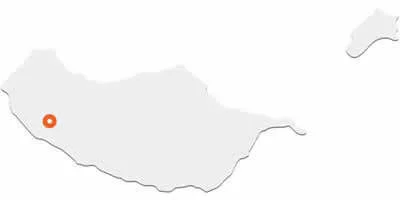
Funchal
The Capital: a perfect combination between Nature, Culture and Lifestyle
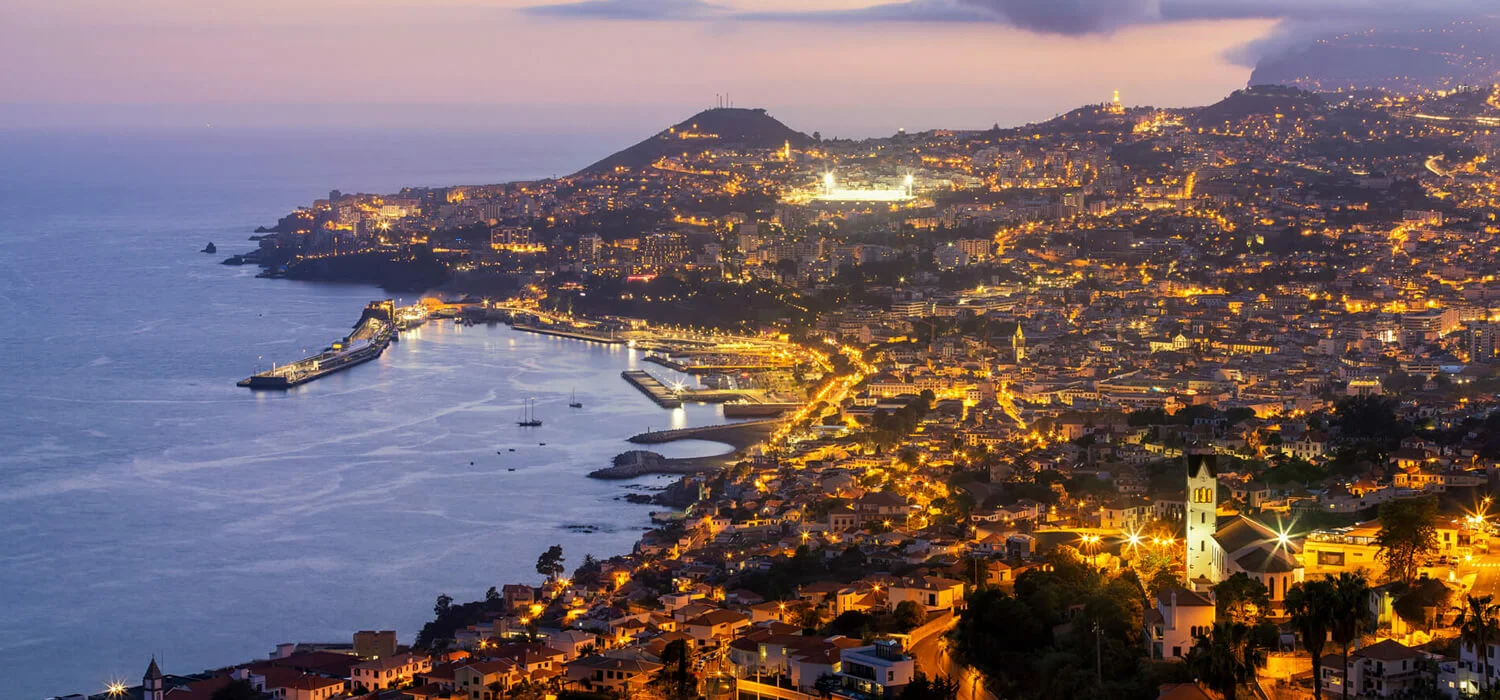 © Duarte Sol
© Duarte Sol
Located on a large slope facing the Atlantic and shaped like a natural amphitheatre, Funchal is Madeira’s largest tourist, commercial and cultural centre. Elevated to city status on 21 August 1508 by the royal charter of King Manuel I, the History of this archipelago's capital spans several centuries of traditions, culture and European cosmopolitanism. All without losing its connection with the exuberant Nature that surrounds it.
The town is named after a sweet-smelling wild herb, traditionally known as fennel (Foeniculum Vulgare), which was abundant here when the settlement was created. Later, several excellent regional products, such as sugar or wine (icons incorporated in the municipal coat of arms and are still Madeiran ex-libris today), proved crucial to the local economy, turning Funchal into a key trading point in the centre of the Atlantic.
The municipality, with an area of 76.15 km², comprises ten parishes: Imaculado Coração de Maria, Monte, Santa Luzia, Santa Maria Maior, Santo António, São Gonçalo, São Martinho, São Pedro, São Roque, and Sé. Throughout the territory, historical monuments, museums, leisure areas, lush gardens and viewpoints abound. Discover Funchal!
The town is named after a sweet-smelling wild herb, traditionally known as fennel (Foeniculum Vulgare), which was abundant here when the settlement was created. Later, several excellent regional products, such as sugar or wine (icons incorporated in the municipal coat of arms and are still Madeiran ex-libris today), proved crucial to the local economy, turning Funchal into a key trading point in the centre of the Atlantic.
The municipality, with an area of 76.15 km², comprises ten parishes: Imaculado Coração de Maria, Monte, Santa Luzia, Santa Maria Maior, Santo António, São Gonçalo, São Martinho, São Pedro, São Roque, and Sé. Throughout the territory, historical monuments, museums, leisure areas, lush gardens and viewpoints abound. Discover Funchal!
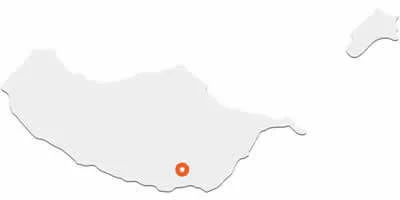
Câmara de Lobos
From the beautiful fishing bay to the deep valley
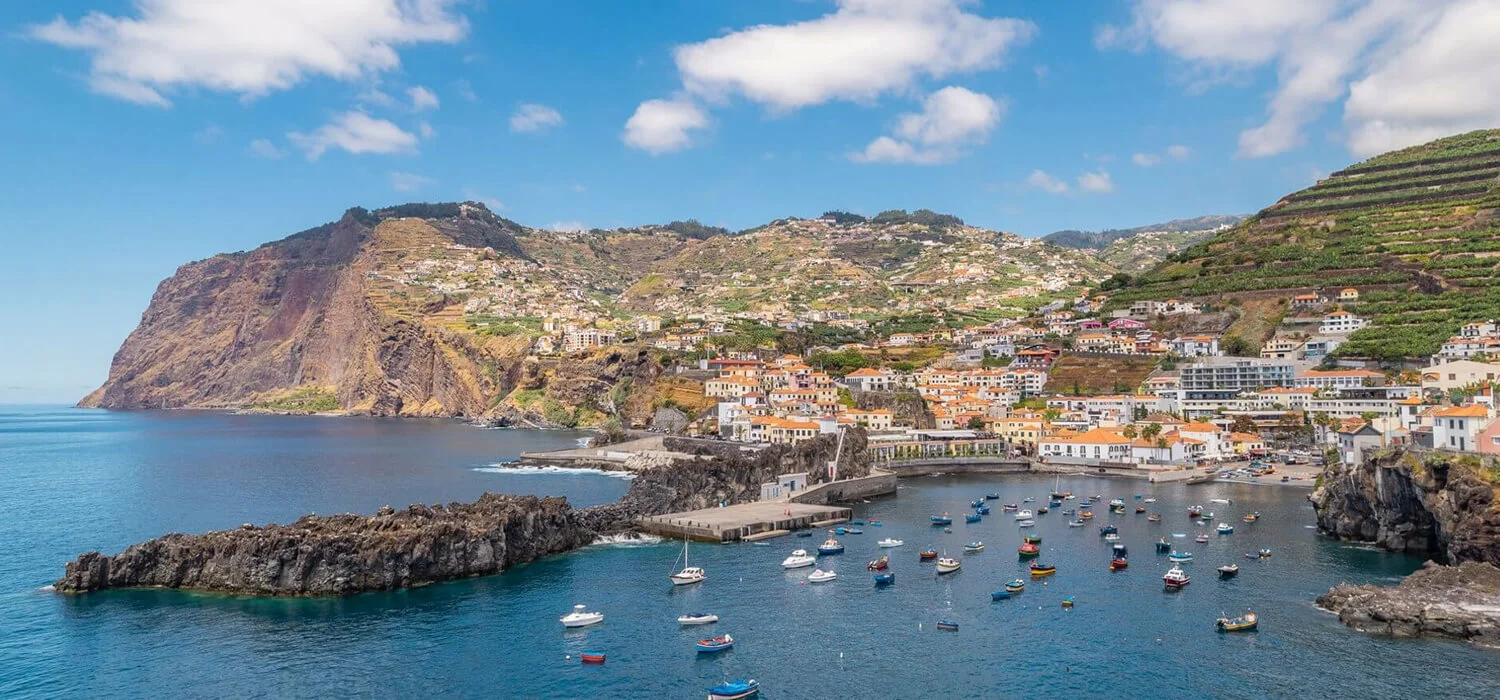 © Woodland Studio
© Woodland Studio
Câmara de Lobos, located on Madeira's south coast, was the first place inhabited by João Gonçalves Zarco, the navigator who discovered this 'pearl of the Atlantic'. He stayed there between 1420 and 1424, so this was the first settlement created in Madeira, elevated to parish status in 1430. Its historical legacy is, therefore, very relevant.
The name of this municipality comes from the fact that, when the island was discovered, there was a large number of sea lions in the cove that we can still find here today with the same configuration. In this region, various monuments recall this historical period, from the Nossa Senhora da Conceição chapel, founded in the 15th century, to the old convent of São Bernardino, from 1425, and the São Sebastião church, built in the 16th century.
Currently, the municipality of Câmara de Lobos has an area of 51.82 km² and a population of around 35,000. Besides the parish of Câmara de Lobos, the municipality comprises four parishes: Curral das Freiras, Estreito de Câmara de Lobos, Jardim da Serra, and Quinta Grande.
The landscape that surrounds this city is marked by the presence of its characteristic fishing boats known as 'Xavelhas'. Come and visit Câmara de Lobos!
The name of this municipality comes from the fact that, when the island was discovered, there was a large number of sea lions in the cove that we can still find here today with the same configuration. In this region, various monuments recall this historical period, from the Nossa Senhora da Conceição chapel, founded in the 15th century, to the old convent of São Bernardino, from 1425, and the São Sebastião church, built in the 16th century.
Currently, the municipality of Câmara de Lobos has an area of 51.82 km² and a population of around 35,000. Besides the parish of Câmara de Lobos, the municipality comprises four parishes: Curral das Freiras, Estreito de Câmara de Lobos, Jardim da Serra, and Quinta Grande.
The landscape that surrounds this city is marked by the presence of its characteristic fishing boats known as 'Xavelhas'. Come and visit Câmara de Lobos!
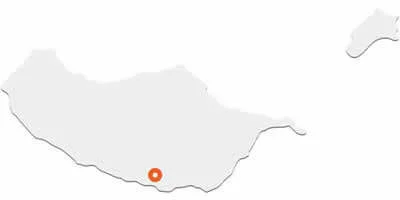
Machico
From cultural heritage to natural and geological landscapes
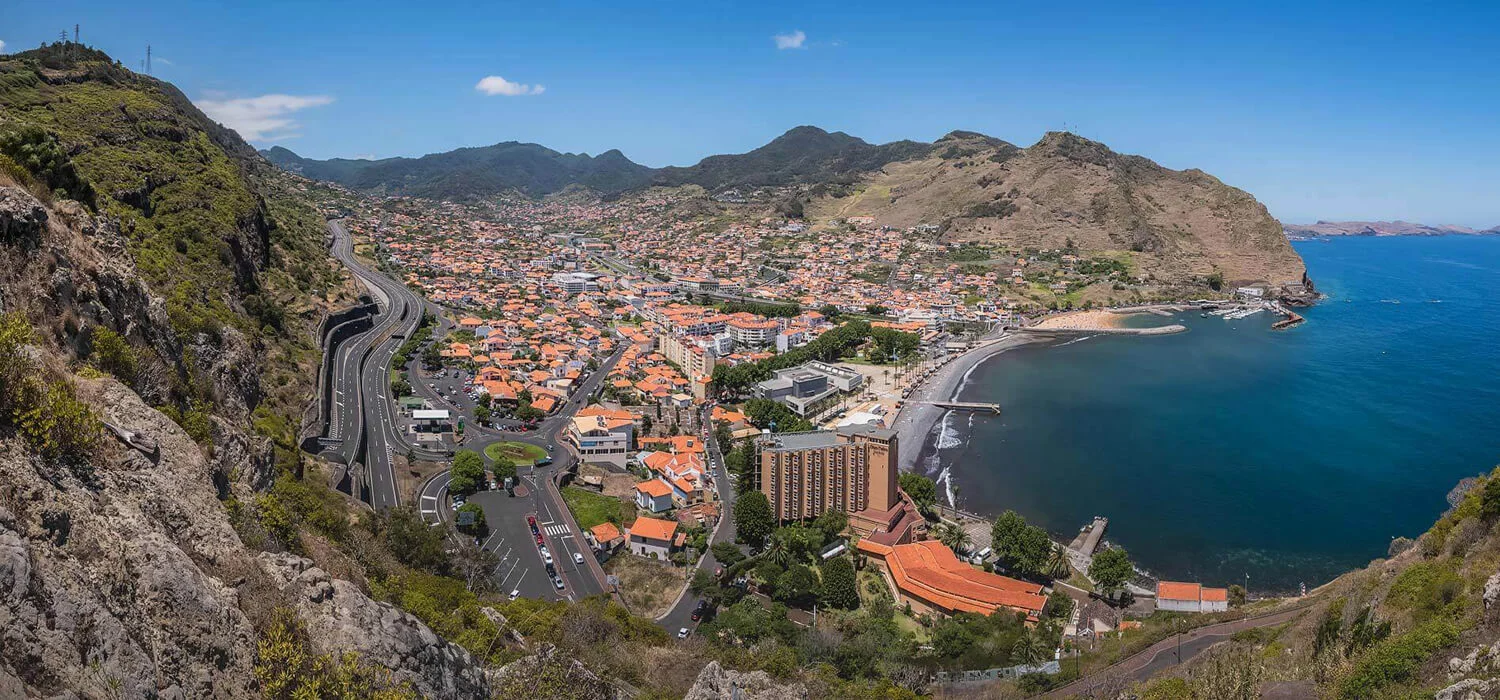 © Visit Madeira
© Visit Madeira
We have to go through the pages of Machico's History to get to the origins of Madeira's human occupation. This is because it was here that, in July 1419, Gonçalves Zarco and Tristão Vaz Teixeira set ashore when they discovered the island. Therefore, this municipality is specially symbolic for all Madeirans.
However, legend has it that a century before this seminal event, Anne of Arfet, an English lady, and Robert Machim, a legendary knight of the court of King Edward III of England, had found refuge here. In fact, it was after the name Machim that Machico was named.
Currently, this municipality has around 20,000 inhabitants, spread over a total area of 68 km². In this territory, there are five parishes: Água de Pena, Caniçal, Machico, Porto da Cruz and part of the parish of Santo António da Serra. Most of this area enjoys a wide perspective over the magnificence of the Atlantic.
If you're looking for things to see in Machico, there's no shortage of options. The city's elegant bay invites you to take a pleasant stroll along the crystal-clear sea that bathes the entire municipality. In addition, this municipality, marked by unique cultural traditions, has several viewpoints, historical monuments, beaches and green areas.
However, legend has it that a century before this seminal event, Anne of Arfet, an English lady, and Robert Machim, a legendary knight of the court of King Edward III of England, had found refuge here. In fact, it was after the name Machim that Machico was named.
Currently, this municipality has around 20,000 inhabitants, spread over a total area of 68 km². In this territory, there are five parishes: Água de Pena, Caniçal, Machico, Porto da Cruz and part of the parish of Santo António da Serra. Most of this area enjoys a wide perspective over the magnificence of the Atlantic.
If you're looking for things to see in Machico, there's no shortage of options. The city's elegant bay invites you to take a pleasant stroll along the crystal-clear sea that bathes the entire municipality. In addition, this municipality, marked by unique cultural traditions, has several viewpoints, historical monuments, beaches and green areas.
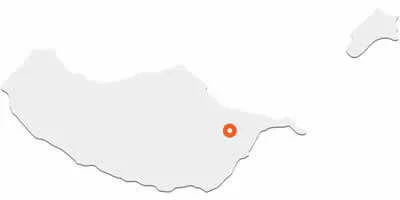
Ponta do Sol
Between stunning beaches and the warmest sun
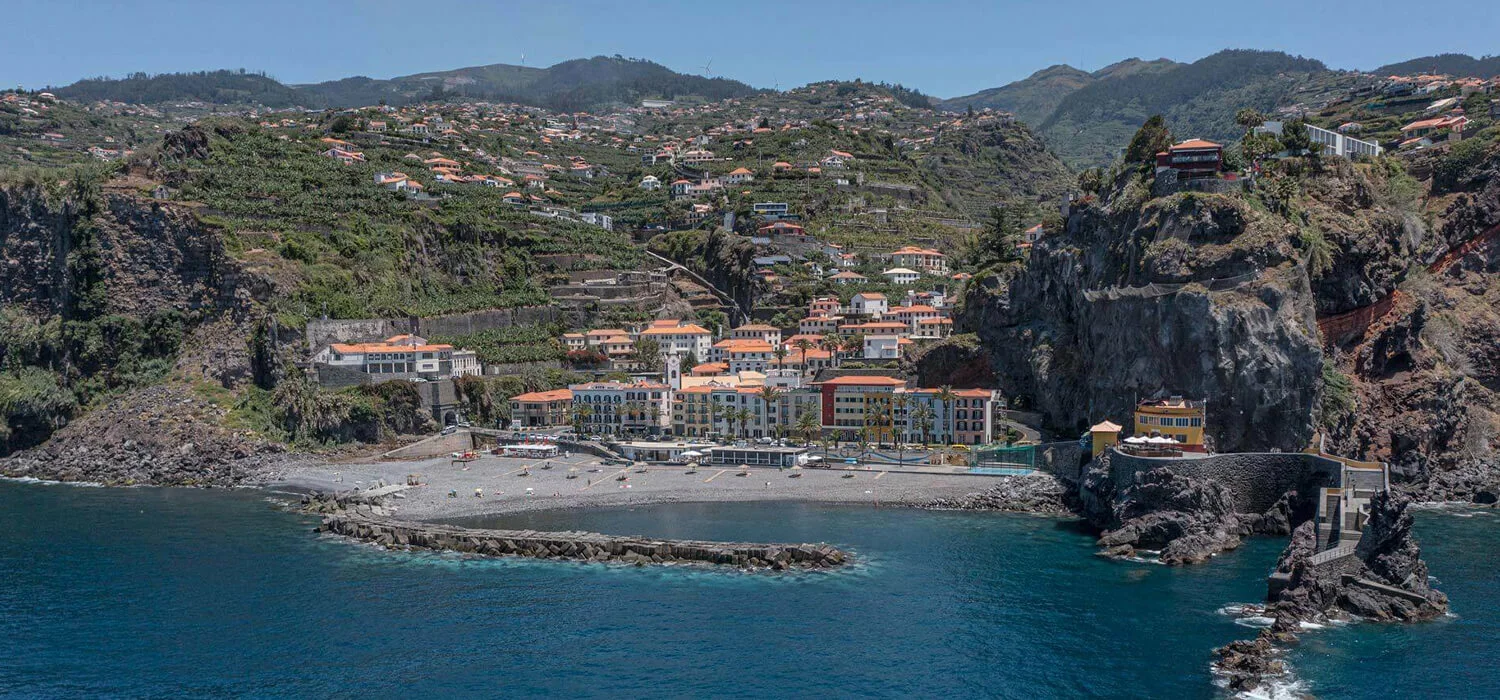 © Simon Zino
© Simon Zino
Situated on the southwest coast of the island of Madeira, the municipality of Ponta do Sol is known for generally enjoying the most hours of sunshine per year. It is, therefore, a place much appreciated by those seeking to enjoy sunny days on the beach or in contact with some idyllic spots in Nature, for example.
Besides the importance that tourism represents in this region, it is also important to highlight the relevance of agriculture for the municipality. Some of the archipelago's most famous products, such as bananas and sugar cane, are grown there. Floriculture and horticulture also play prominent roles.
The municipality of Ponta do Sol has a total area of 43.3 km² and around 8,200 inhabitants. Besides the parish of Ponta do Sol, the municipality includes two other parishes: Canhas and Madalena do Mar.
This municipality also has the only plateau on the island of Madeira. We are talking about Paul da Serra, located at an altitude of 1500 metres and with a vast natural heritage, with clusters of indigenous vegetation.
From the mountains to villages and unavoidable beaches, there is much to discover at Ponta do Sol.
Besides the importance that tourism represents in this region, it is also important to highlight the relevance of agriculture for the municipality. Some of the archipelago's most famous products, such as bananas and sugar cane, are grown there. Floriculture and horticulture also play prominent roles.
The municipality of Ponta do Sol has a total area of 43.3 km² and around 8,200 inhabitants. Besides the parish of Ponta do Sol, the municipality includes two other parishes: Canhas and Madalena do Mar.
This municipality also has the only plateau on the island of Madeira. We are talking about Paul da Serra, located at an altitude of 1500 metres and with a vast natural heritage, with clusters of indigenous vegetation.
From the mountains to villages and unavoidable beaches, there is much to discover at Ponta do Sol.
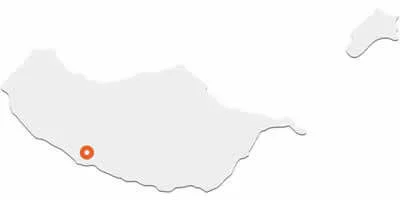
Porto Moniz
Volcanic pools, mystical forests and breathtaking landscapes
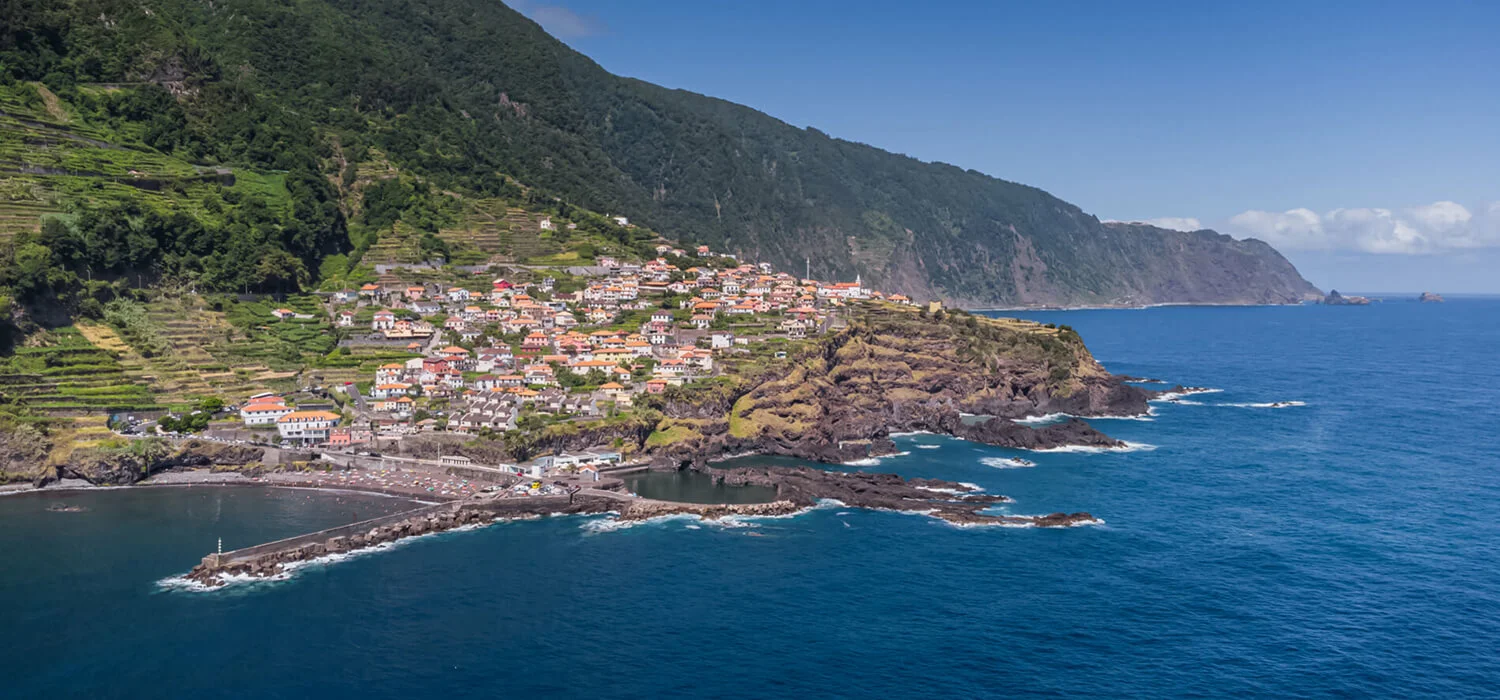 © Visit Madeira
© Visit Madeira
Located in the extreme north of the Island of Madeira, Porto Moniz is a municipality that has some of the most beautiful images of the Region. Between the imposing mountains and the calm surface of the ocean, the municipality of Porto Moniz also dazzles with the charm of its picturesque parishes, which overflow with rich customs.
This whole region is deeply marked by the botanical diversity of the Laurissilva Forest, which from its height confronts the imposing northern sea, through its ridges, cliffs and coves. The sea, which has a strong presence all along the Madeiran coast, has a special influence on the municipality of Porto Moniz. Since the beginning of its construction, the inhabitants of Porto Moniz depended on fishing, which is still an important factor in the local economy. That relationship with the sea is also evident in the annual celebrations, such as the 'Porto Moniz Sea Week'. This which is the biggest cultural, recreational and sporting event in the municipality, shows nautical activities such as canoe races, canoeing competitions, fishing contests and gastronomic exhibitions. You can't talk about Porto Moniz without mentioning the natural pools in its volcanic rocks where their clear waters are renewed cyclically. The eternal ex-libris of this municipality.
This whole region is deeply marked by the botanical diversity of the Laurissilva Forest, which from its height confronts the imposing northern sea, through its ridges, cliffs and coves. The sea, which has a strong presence all along the Madeiran coast, has a special influence on the municipality of Porto Moniz. Since the beginning of its construction, the inhabitants of Porto Moniz depended on fishing, which is still an important factor in the local economy. That relationship with the sea is also evident in the annual celebrations, such as the 'Porto Moniz Sea Week'. This which is the biggest cultural, recreational and sporting event in the municipality, shows nautical activities such as canoe races, canoeing competitions, fishing contests and gastronomic exhibitions. You can't talk about Porto Moniz without mentioning the natural pools in its volcanic rocks where their clear waters are renewed cyclically. The eternal ex-libris of this municipality.
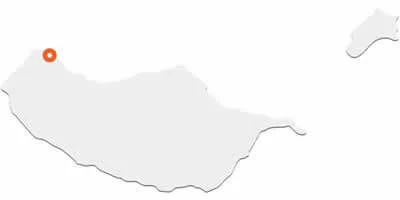
Ribeira Brava
The valley, the mountain and fertile land
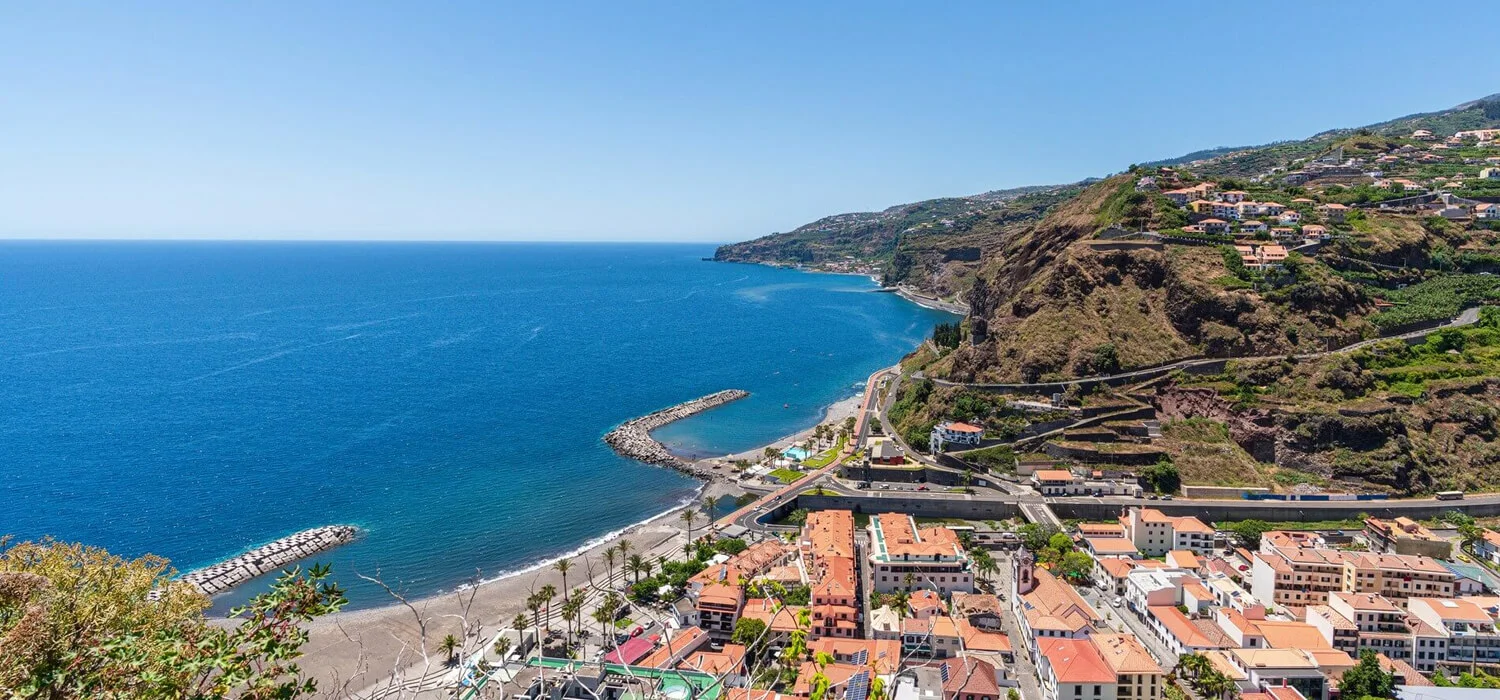 © Élvio Gomes
© Élvio Gomes
The municipality of Ribeira Brava benefits from the privileged climate felt on the west coast of the island almost all year round. From the highest areas, in the mountains, to the places along the coastline, this municipality offers visitors a wide variety of points of interest to visit and landscapes to contemplate.
The parish of Ribeira Brava, elevated to town on 26 May 1928, was so named after the water line, with a wild flow, that crosses it. Besides a valuable natural heritage, this town is also home to an important cultural heritage mirrored in places like the Madeira Ethnographic Museum.
In addition to Ribeira Brava, this municipality includes three other parishes: Campanário, which includes the famous Fajã dos Padres; Serra de Água, surrounded by green hills; and Tabua, located by the sea. It is currently a territory with a total extension of 65.10 km² and about 13,000 inhabitants.
Agriculture is the main economic activity in this municipality. The fertility of its soil, as well as the climate conditions, allow for the cultivation of some of Madeira's most typical products, such as sweet potato, sugar cane, vineyards, bananas and other exotic fruits.
The parish of Ribeira Brava, elevated to town on 26 May 1928, was so named after the water line, with a wild flow, that crosses it. Besides a valuable natural heritage, this town is also home to an important cultural heritage mirrored in places like the Madeira Ethnographic Museum.
In addition to Ribeira Brava, this municipality includes three other parishes: Campanário, which includes the famous Fajã dos Padres; Serra de Água, surrounded by green hills; and Tabua, located by the sea. It is currently a territory with a total extension of 65.10 km² and about 13,000 inhabitants.
Agriculture is the main economic activity in this municipality. The fertility of its soil, as well as the climate conditions, allow for the cultivation of some of Madeira's most typical products, such as sweet potato, sugar cane, vineyards, bananas and other exotic fruits.
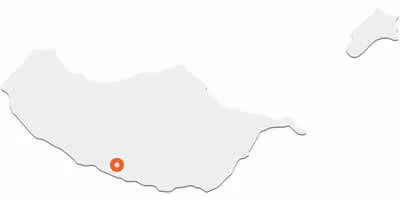
Santa Cruz
Between natural reserves and centuries-old traditions
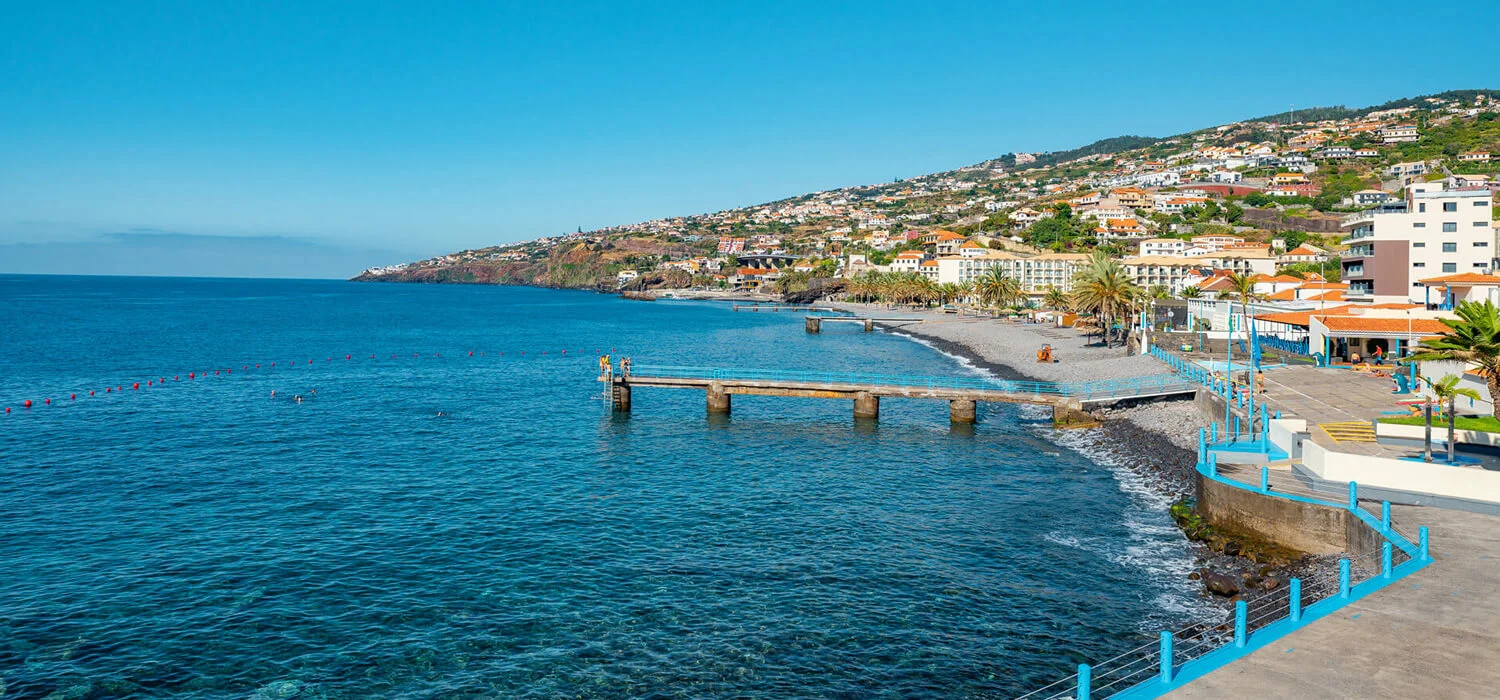 © Woodland Studio
© Woodland Studio
Anyone arriving by plane to the island. could hardly find a more representative scenery of Madeira's spectacular landscape. The Cristiano Ronaldo International Airport is located in Santa Cruz, welcoming travellers with a landscape dominated by the vivid shades of the ocean on one side and mountains on the other.
This municipality on Madeira's east coast is located 18 kilometres from Funchal, the archipelago's capital. Its History dates back to the 15th century, when the island was discovered. At the time, the discoverer João Gonçalves Zarco found old cedars among the dense trees that covered this area, with which he commissioned a cross to be made, thus christening this site.
It is one of the oldest settlements in the entire archipelago. Currently, the municipality of Santa Cruz has around 43,000 inhabitants, spread across five parishes: Camacha, Caniço, Gaula, Santo António da Serra and Santa Cruz.
If you are looking for places to visit in Santa Cruz, it should be noted that there is a number of places where Nature reveals itself in an especially beautiful way. Among beaches, viewpoints, gardens and a natural reserve, there's plenty to discover. In addition, the various towns in the municipality offer a visit filled with culture and tradition.
This municipality on Madeira's east coast is located 18 kilometres from Funchal, the archipelago's capital. Its History dates back to the 15th century, when the island was discovered. At the time, the discoverer João Gonçalves Zarco found old cedars among the dense trees that covered this area, with which he commissioned a cross to be made, thus christening this site.
It is one of the oldest settlements in the entire archipelago. Currently, the municipality of Santa Cruz has around 43,000 inhabitants, spread across five parishes: Camacha, Caniço, Gaula, Santo António da Serra and Santa Cruz.
If you are looking for places to visit in Santa Cruz, it should be noted that there is a number of places where Nature reveals itself in an especially beautiful way. Among beaches, viewpoints, gardens and a natural reserve, there's plenty to discover. In addition, the various towns in the municipality offer a visit filled with culture and tradition.
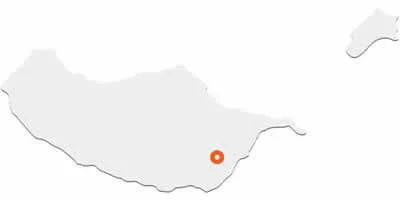
Santana
Between Nature and tradition
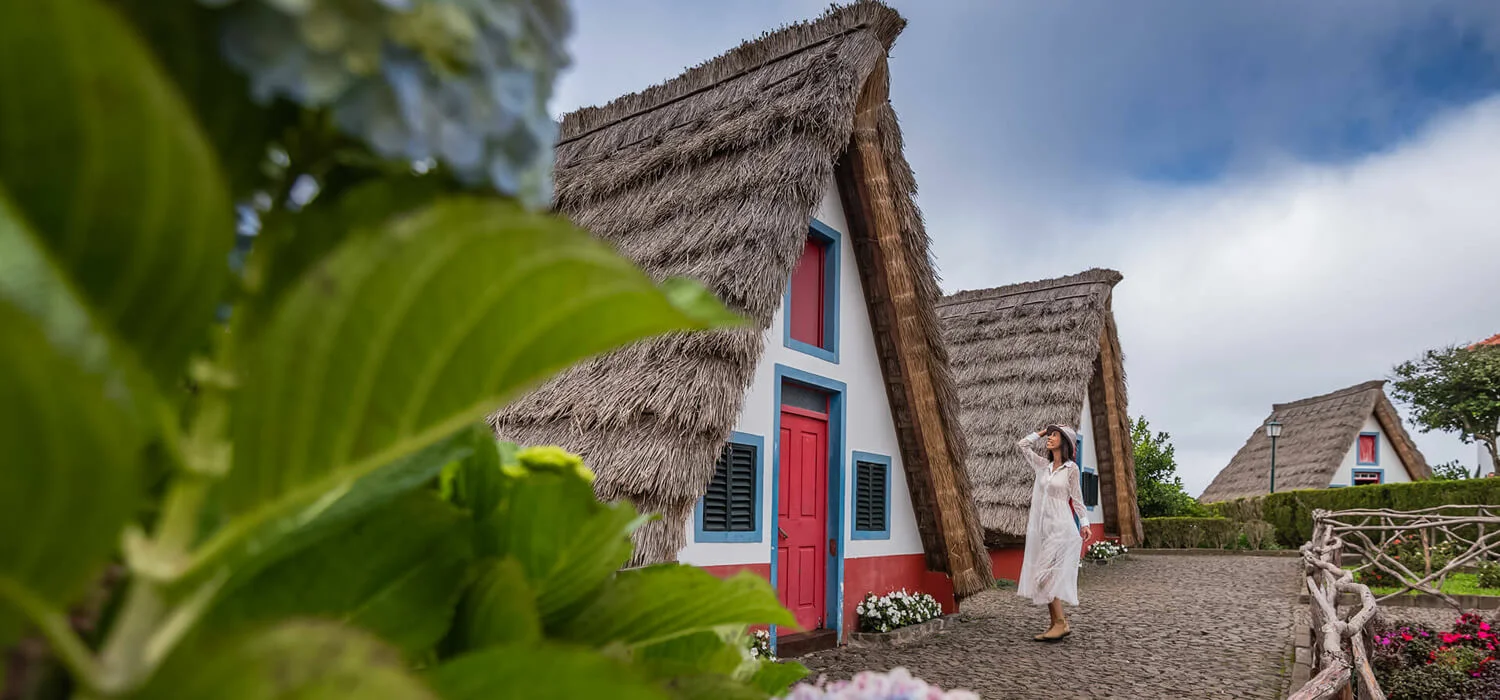 © Visit Madeira
© Visit Madeira
The 'casinhas de Santana' became icons widely known nationally (and beyond) for the peculiar beauty of their architectural style. With a triangular shape and covered in thatch, they are the greater symbol of this municipality on the north coast of the island of Madeira.
In fact, these typical houses are a reflection of the isolation of this location, which for a long time was difficult to reach by land and sea. The preservation of unique cultural traits, as a result of that contingency, become a heritage of enormous value for this municipality, which currently has around 8,800 inhabitants.
This 96.2 km² area comprises six parishes: Arco de São Jorge, Faial, Ilha, Santana, São Jorge and São Roque do Faial. This is where you can visit points of interest such as the Madeira Theme Park, Rocha do Navio Natural Reserve and the highest mountain in the archipelago, Pico Ruivo.
Santana was awarded the distinction of 'Biosphere Reserve' by UNESCO in 2011. It is, therefore, the ideal place to contemplate a rich and meticulously preserved natural heritage. To do this, nothing better than getting to know the Biosphere's hiking trails, over 120 km long.
In fact, these typical houses are a reflection of the isolation of this location, which for a long time was difficult to reach by land and sea. The preservation of unique cultural traits, as a result of that contingency, become a heritage of enormous value for this municipality, which currently has around 8,800 inhabitants.
This 96.2 km² area comprises six parishes: Arco de São Jorge, Faial, Ilha, Santana, São Jorge and São Roque do Faial. This is where you can visit points of interest such as the Madeira Theme Park, Rocha do Navio Natural Reserve and the highest mountain in the archipelago, Pico Ruivo.
Santana was awarded the distinction of 'Biosphere Reserve' by UNESCO in 2011. It is, therefore, the ideal place to contemplate a rich and meticulously preserved natural heritage. To do this, nothing better than getting to know the Biosphere's hiking trails, over 120 km long.
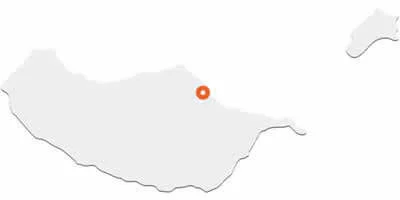
Porto Santo
The Golden Island of the Atlantic
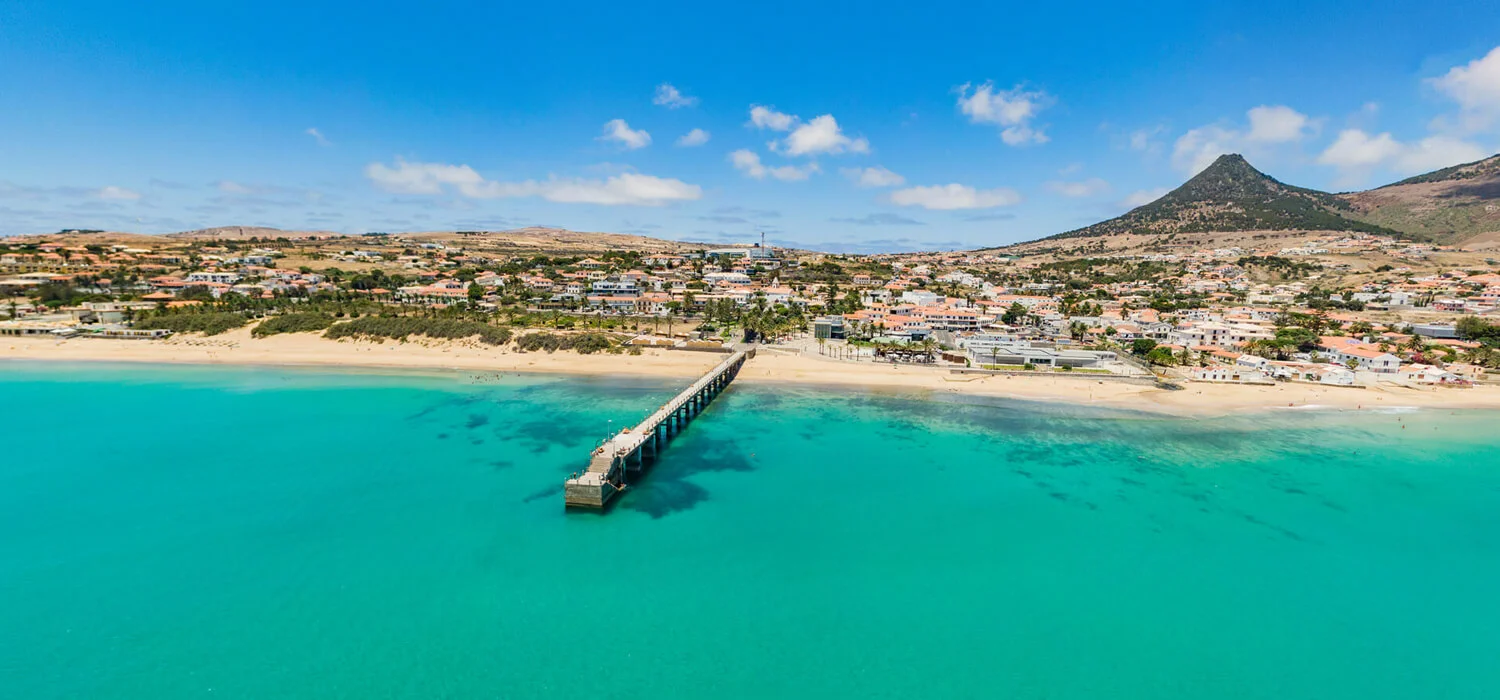 © Ilhavisão Multimédia
© Ilhavisão Multimédia
From its paradisiacal beach to its historical heritage, including its geological exuberance, discover this secret kept in the ocean.
Visiting Porto Santo is discovering a golden island, famous for its nine kilometre sandy beach. The smallest inhabited island of the Madeira Archipelago is only an hour and a half flight away from Lisbon, in the extreme southwest of Europe, 500 km from the African coast and 1000 km from the European continent.
Visiting Porto Santo is discovering a golden island, famous for its nine kilometre sandy beach. The smallest inhabited island of the Madeira Archipelago is only an hour and a half flight away from Lisbon, in the extreme southwest of Europe, 500 km from the African coast and 1000 km from the European continent.
